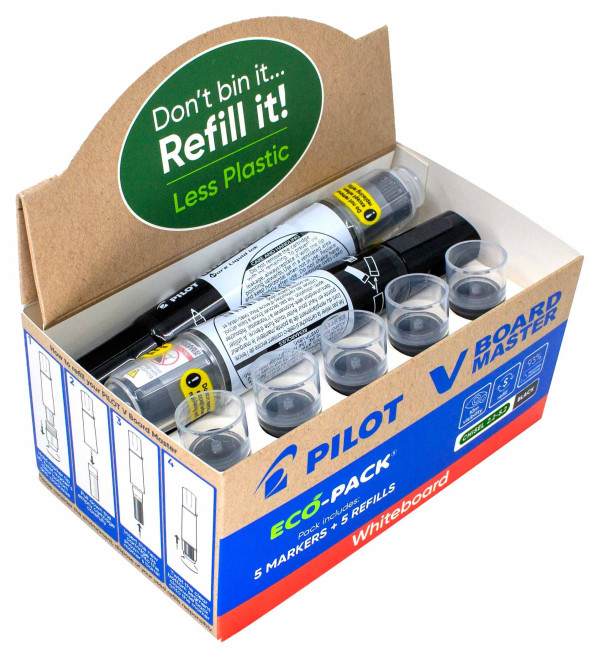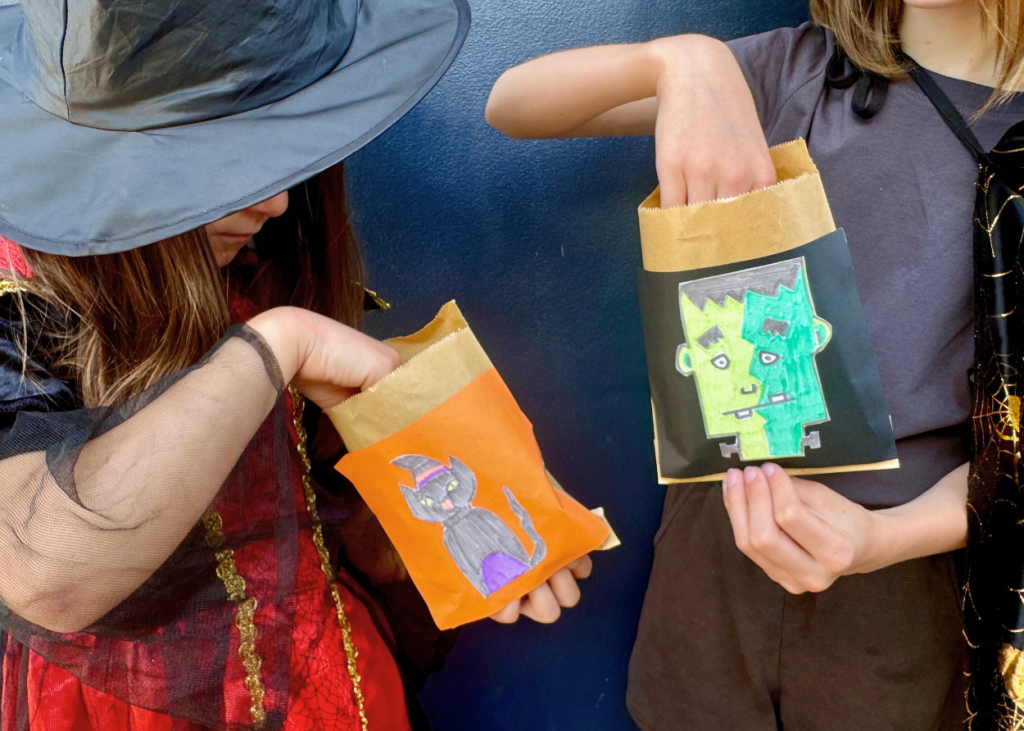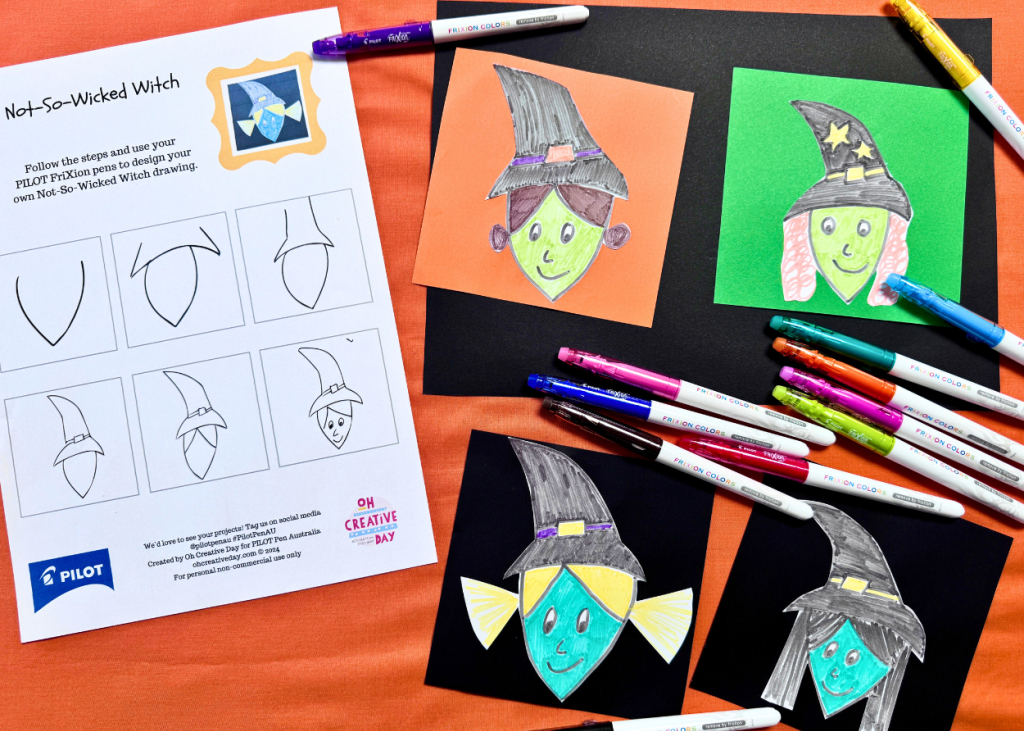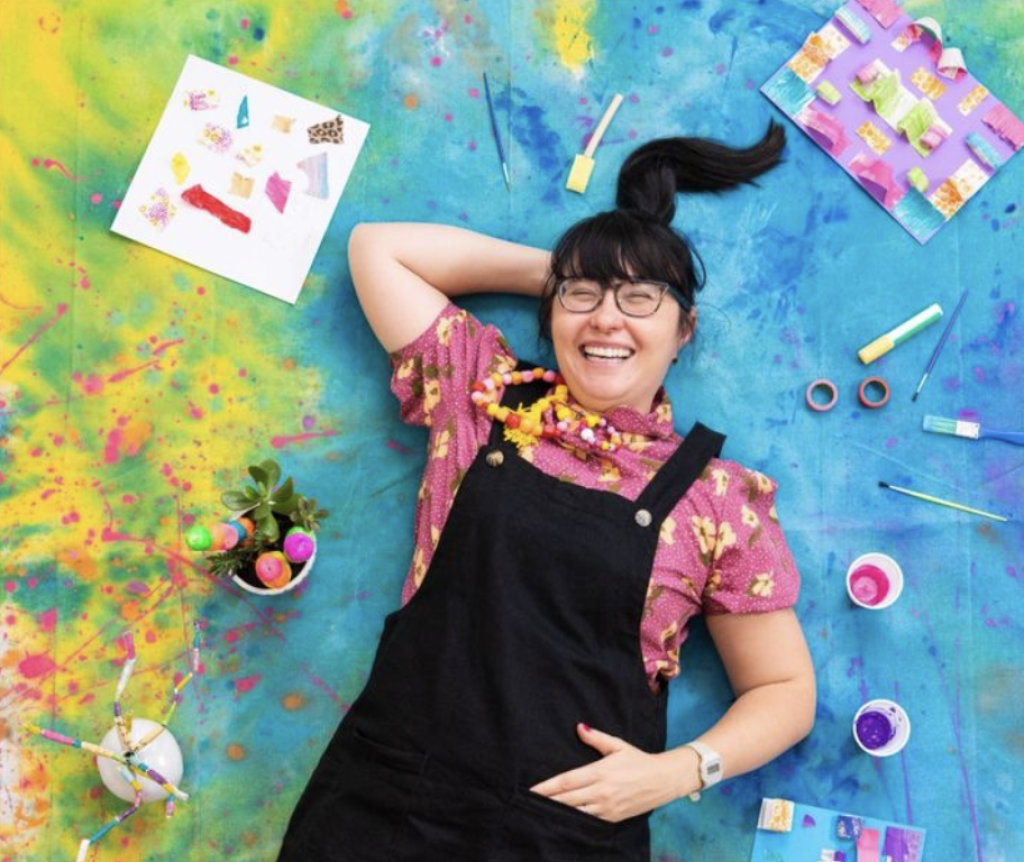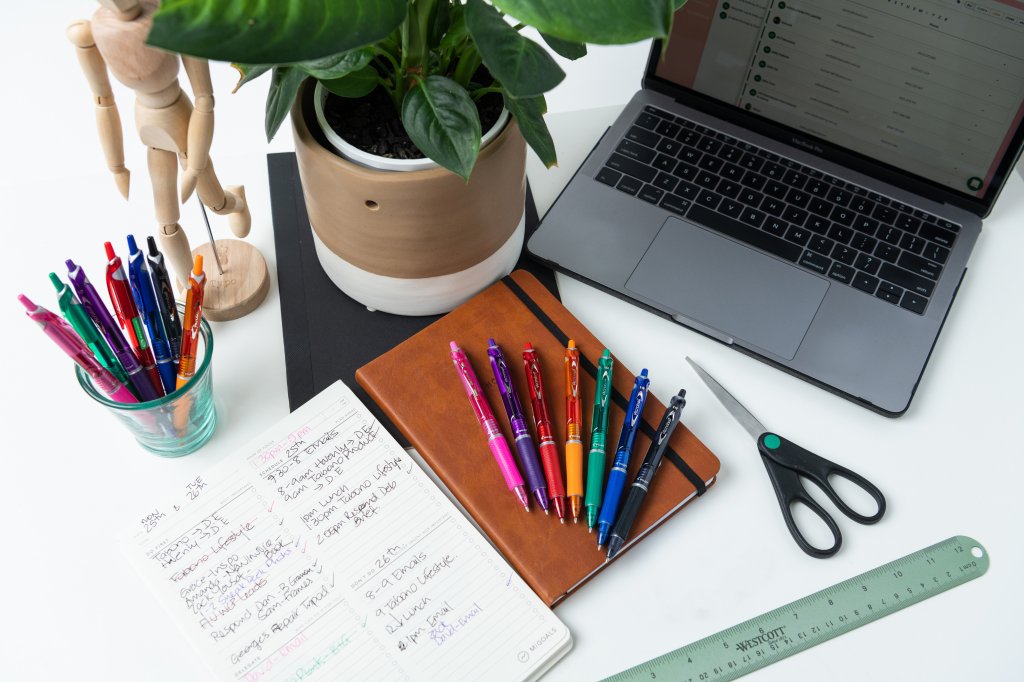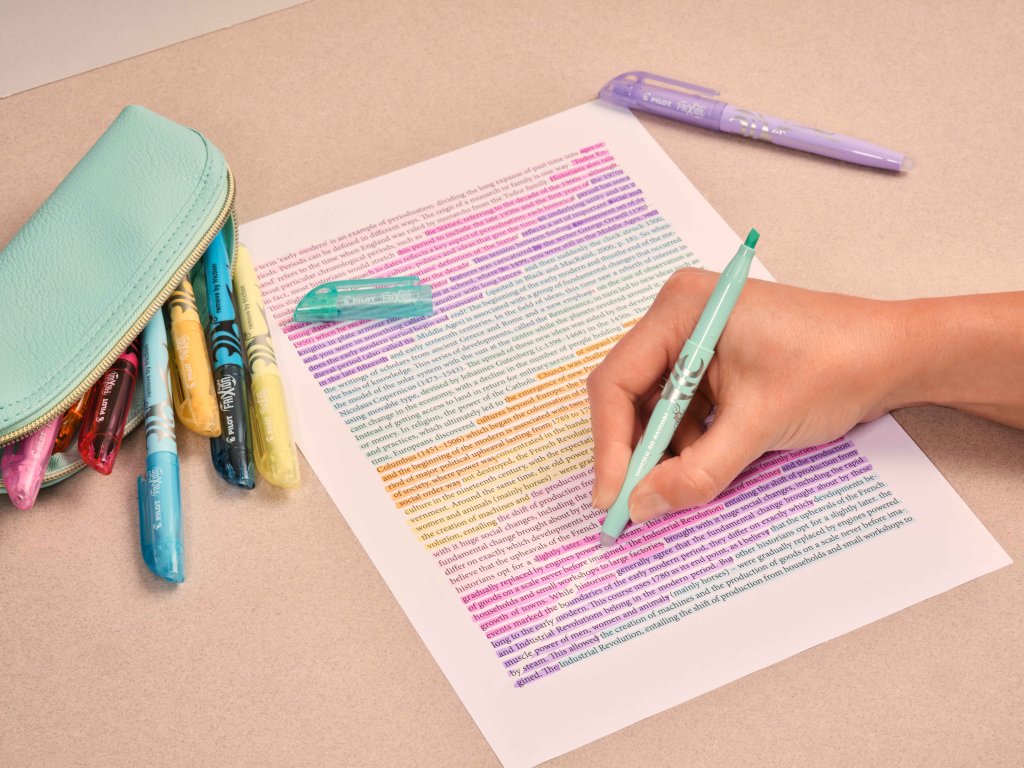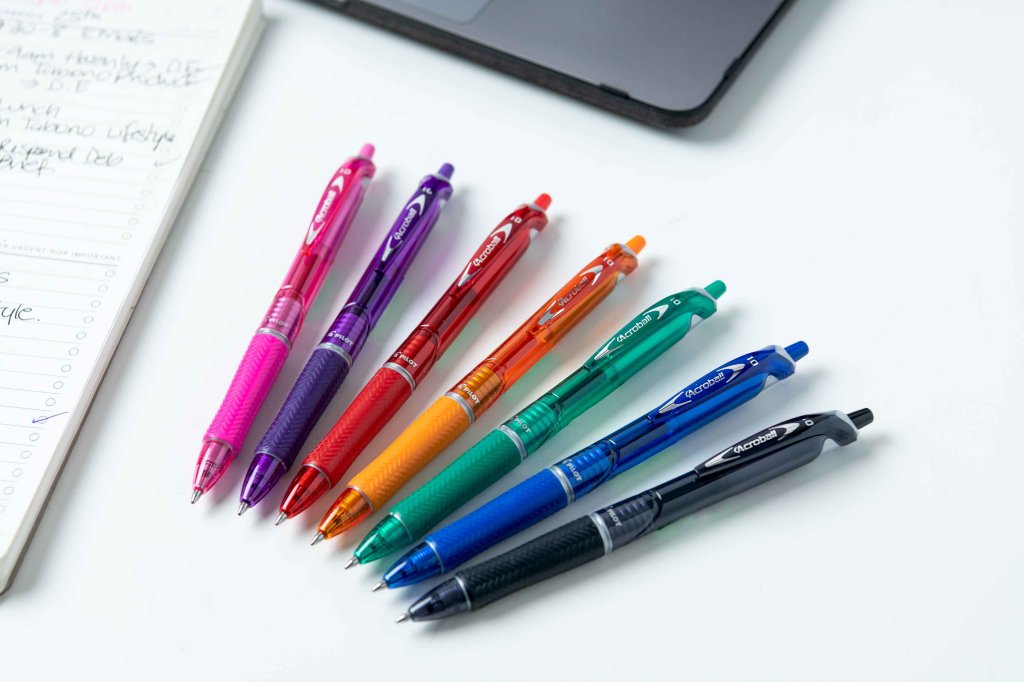Creativity is a vital skill that promotes innovation, problem-solving and self-expression in children. Encouraging young children to explore their creative potential while helping them understand that making mistakes is an integral part of the learning process is crucial for their development. As parents and caregivers, fostering an environment where creativity thrives can lead to joyful experiences and lasting memories. With Halloween just around the corner, it presents a perfect opportunity to engage in creative activities that celebrate imagination and family togetherness.
One of the most significant barriers to creativity is the fear of making mistakes. Children often associate mistakes with failure, which can stifle their creative instincts. As parents, it is vital to shift this perspective by promoting a growth mindset. Here’s how you can help your child embrace mistakes as a natural part of the learning journey:
Modelling a Positive Attitude: Children learn by watching their parents. Demonstrate a healthy attitude toward mistakes by sharing your own experiences. Talk openly about times you’ve made errors and what you learned from them. This will help normalise mistakes in your child’s eyes.
Praise Effort Over Outcome: Focus on the process rather than the final product. When your child engages in a creative activity, commend their effort, enthusiasm, and exploration. For instance, if they’re drawing, celebrate the fact that they tried a new way to depict something, regardless of the result.
Create a Safe Space: Establish an environment where mistakes are welcomed. Encourage your child to take risks in their creative endeavours without the pressure of perfection. Allow them to express their ideas freely, knowing that the outcome isn’t what matters most.
As parents, your involvement is crucial in nurturing creativity at home. Here are some practical ways to encourage imaginative play and creative expression:
Provide Resources: Stock your home with a variety of creative materials—paints, clay, erasable markers such as FriXion Colors, craft supplies, and recycled materials. The more resources available, the more opportunities your child will have to explore their creativity.
Engage in Creative Activities Together: Dedicate time to engage in arts and crafts as a family. This not only allows children to learn new skills but also strengthens family bonds. Choose projects that encourage collaboration, such as directed drawing together or projects for special occasions.
Incorporate Play into Learning: Turn everyday activities into creative projects. For instance, cooking can become a fun science experiment, while gardening can spark conversations about nature and responsibility.
Family Fun This Halloween
Halloween is a fantastic opportunity to tap into creativity and have fun as a family. With its vibrant colours and variety of symbols, Halloween offers countless possibilities for creative projects. Families can explore a range of crafts which not only allows children to develop their artistic skills but also fosters an environment where creativity thrives.
Arts and crafts can serve as a bonding experience for families. Working on a project together encourages communication and teamwork. Whether it’s carving pumpkins or making decorations, these activities require cooperation and shared decision-making. Families can share laughs, stories, and ideas, creating lasting memories. The process of crafting together nurtures relationships and fosters a sense of belonging, making everyone feel more connected.
The Halloween activities developed for PILOT in 2024 are directed drawing projects. Directed drawing projects are structured art activities that guide children step-by-step in creating specific drawings. These projects are not only enjoyable but also offer a multitude of developmental benefits that extend beyond the art itself. Here are several advantages of incorporating directed drawing into children’s creative routines.
PILOT Pen Halloween Activity 2024 with PILOT FriXion Color erasable markers
1. Enhancing Fine Motor Skills
One of the primary benefits of directed drawing projects is the development of fine motor skills. As children follow along with instructions, they practice controlling their hand movements, which is essential for tasks like writing, cutting, and manipulating small objects. The precise motions involved in drawing shapes, lines, and details help strengthen the muscles in their hands and fingers, promoting coordination and dexterity.
2. Boosting Confidence
For many children, the fear of making mistakes can inhibit their willingness to engage in artistic activities. Directed drawing provides a clear path to success by offering step-by-step instructions that lead to a recognisable outcome. As children complete their drawings, they gain a sense of accomplishment and pride in their work. This boost in confidence encourages them to explore their creativity further, fostering a more positive attitude toward art. Using erasable colour markers, such as PILOT FriXion Colors erasable markers, can help build children’s confidence too because they can erase, and refine their work as they go.
3. Encouraging Critical Thinking
While directed drawing offers a structured approach, it also promotes critical thinking skills. Children must make decisions about colours, patterns, and additional elements to include in their artwork. As they engage in these choices, they learn to think critically about aesthetics and composition. This process encourages them to reflect on their preferences and articulate their creative vision.
4. Fostering Creativity and Individual Expression
Although directed drawing provides a framework, it also encourages children to express their individuality. After completing the initial steps, children can personalise their drawings with unique colours, patterns, or added details. This aspect allows them to inject their personalities into their art, fostering a sense of ownership and creativity. They learn that while guidelines are helpful, personal expression is just as important.
To learn more, watch these videos:
About Author
Shannon Wong-Nizic
Shannon Wong-Nizic is a teacher, mum of three and avid crafter. An enthusiastic fan of pom poms, PVA and paint, she runs popular blog and online parenting resource dedicated to all things creative, ohcreativeday.com and has a growing community of 30,000 followers on Instagram.
